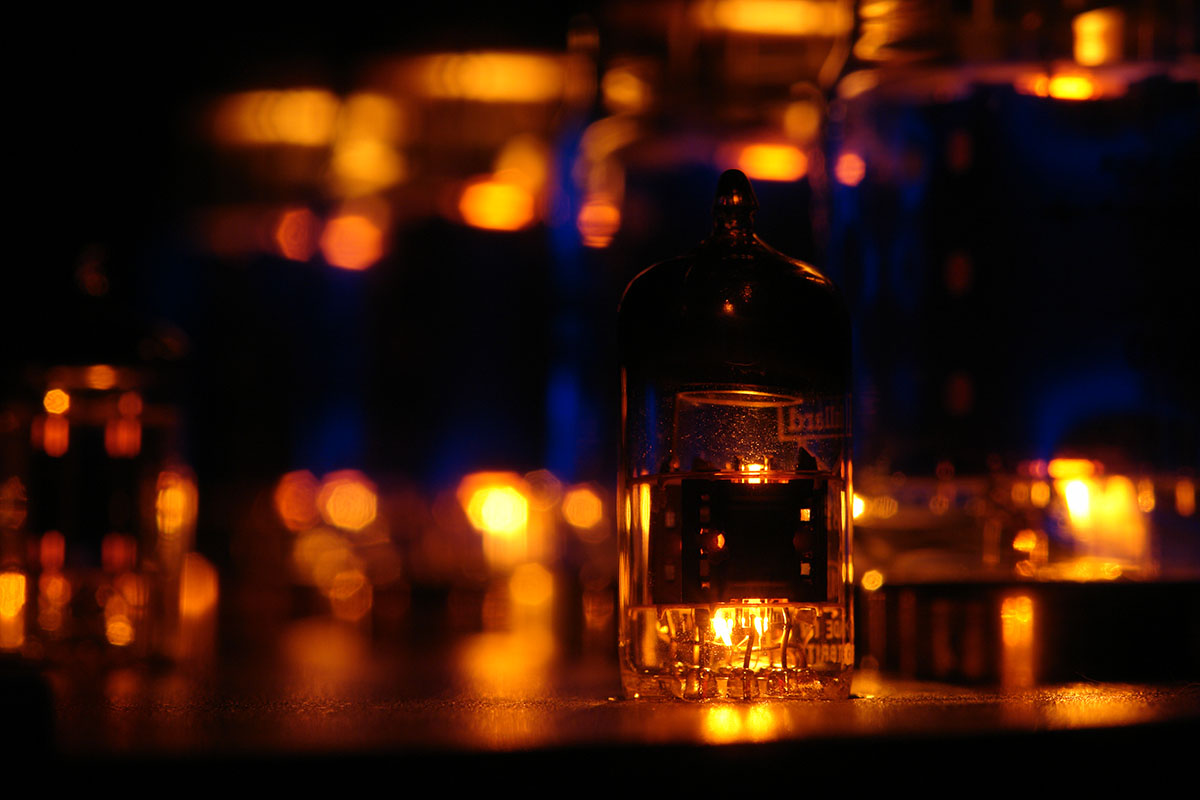
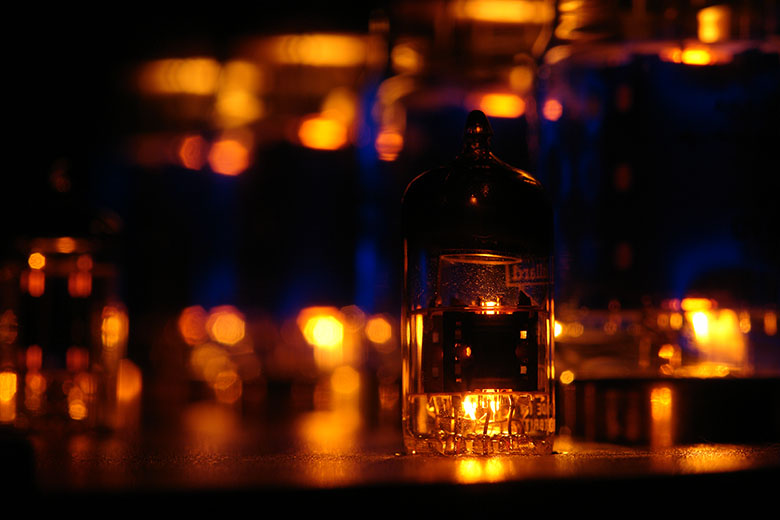
There are three types of audiophiles: those that find tube amplifiers to be the bee’s knees; those that swear only solid-state amps can produce true-to-life audio; and those that haven’t tried tube amps and are simply missing out (the latter is just our opinion of course). The first two camps can and do argue their hearts out about which amplifier design produces the best measurements and musical experiences. We’re not going to take part in that debate. And, since you’re here, we’re guessing you like the tube flavor, and we can’t blame you.
Unlike solid-state amps that simply let you hit a switch and hear the music, tube amps immerse you in the music; they require your care and attention and reward you with something special. Good tube amps are often characterized as sounding more lush, organic, romantic, and euphoric than their solid-state counterparts. And, honestly, who wouldn’t want to be seduced by their music? Most importantly, though, tube amps also let you tweak your music, and that’s probably why you’re really here. Tube amps give you the means to fine-tune the sound of your system by letting you use the tube that sounds best to your ear -within reason of course. We’re going to explore how to get started with it, and how to get the best out of your system.
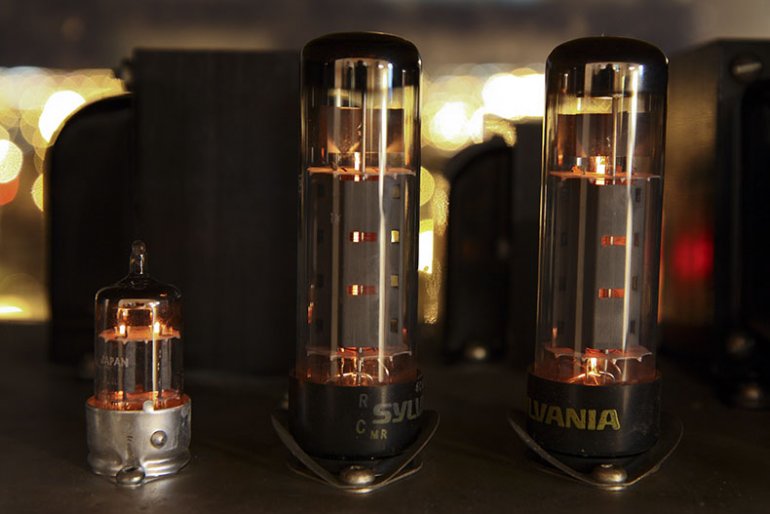
First: a quick refresher course.
Those amps you see with the glowing glass lightbulbs sticking out of them…. well, those aren’t lightbulbs. They’re vacuum tubes, and they’re behind the amplification of the audio signal you’re trying to enjoy. You can dive more into the construction of tubes here, but the gist of it is that, like light bulbs, vacuum tubes are glass bulbs containing a heated filament, metal grid and plate, and some rarified gases in a near-vacuum that allows the free passage of an electric current. Instead of modern-day silicon transistors, tube amps rely on vacuum tubes to convert electrical currents and amplify the audio signals that eventually make their way out of your speakers and headphones.
Tubes are awesome. They’re renowned for making music sound fat, warm, and lush - an addictive quality that we love here at TMS. They also happen to look really cool.
Depending on your amp’s design, it might use one type of tube or several different variations. In any event, you’ll likely see a bunch of strange combinations of numbers and letters labelling the tube sockets. These labels indicate the type of tube that goes in that socket.
Where do the numbering systems come from? As The Tube Store points out, “There are several different tube numbering systems that you may see on tubes, which generally are a result of where they were built. Most commonly the numbers contain digits only (e.g. 5751), or are some combination of numbers and letters (12AX7, ECC83, CV4004). These different numbering systems may be from the American or British military, or from American or European industrial or consumer use. To make things more complicated, many tubes have letters after the name, such as 6L6WGB, or 6L6GC. Sometimes these letters mean functionally nothing (design revisions) and sometimes they refer to different voltage capabilities of a given type.”
The takeaway here is to simply note the type of tube your amp requires and then go on the hunt for the best made versions of it.
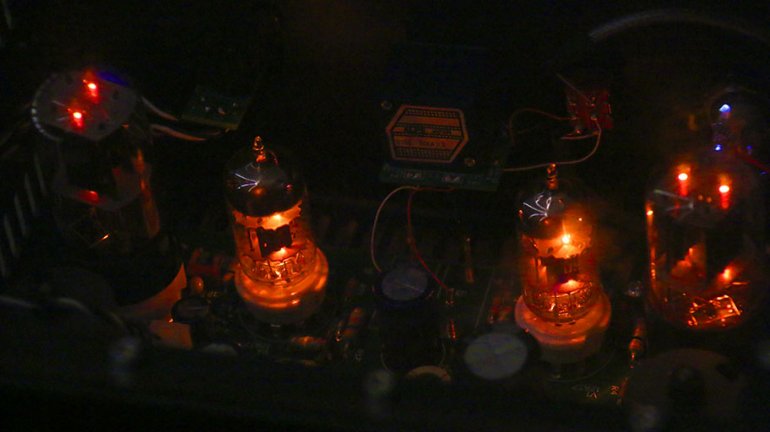
Simply put, tube rolling is the process of trying out a variety of different tubes in the same socket in an amplifier in order to find the one that sounds best to you. The name comes from the circular rolling motion used to slide the tube's connection pins out from their sockets in the amp.
The quest for the next best tube, meaning the one that sounds different or better than the one your amp came with or the one that you’re currently using, is what makes tube rolling so addicting. This is what we mean when we say that tube rolling offers the ability to tweak your music. Depending on your amp, changing tubes can have a big impact on system synergy and the tonal characteristics of your amp. Synergy in a system is all about getting your components to sound best as they work together.
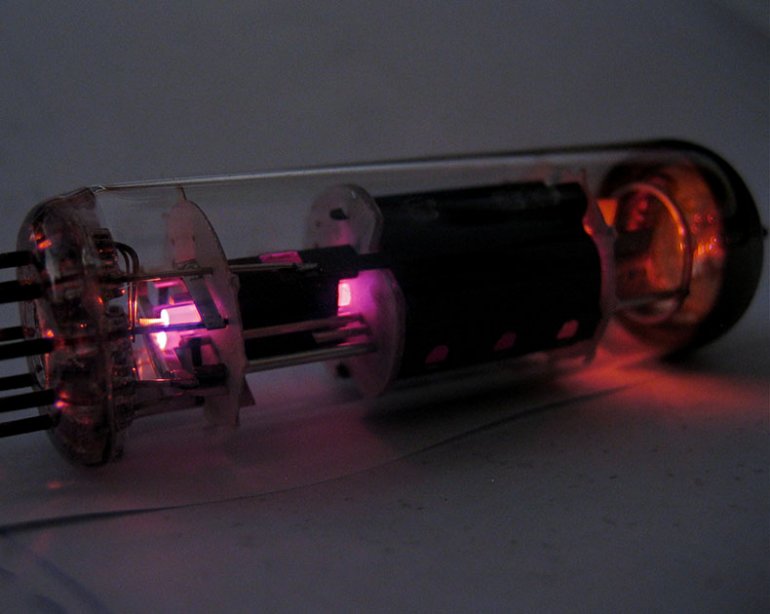
Why not?
OK, we do actually have an argument for this. First off, the process is simple: tubes plug in and pull out of their sockets with ease. Just do make sure that the amp is off and the tubes are cool first—we aren’t liable for burnt fingers!
Second, part of owning a tube amp is trying out different tubes to see what they do to the sound. We’re not saying you have to tube roll - the tubes that come with your amp might sound amazing to you - but you could also be missing out, particularly if the stock tubes are worn out or just low quality.
Lastly, the simple fact of the matter is that different manufacturers make tubes in different ways. One new production 6SN7 tube made by a Chinese company is likely to sound different than another made in Russia or a vintage tube from the U.S.
As famed tube manufacturer Tung-Sol points out: “The same type of tube made by different manufacturers and in different variations from a manufacturer can have a definite impact on the actual sound of an amplifier.” Many amp manufacturers also choose to ship their tube amps with generic low-cost tubes because they know customers will swap them out for the tubes of their personal preference anyway.
So we tube roll not only to get the best sound quality, but to get the best build quality and longevity out of our tubes as well.
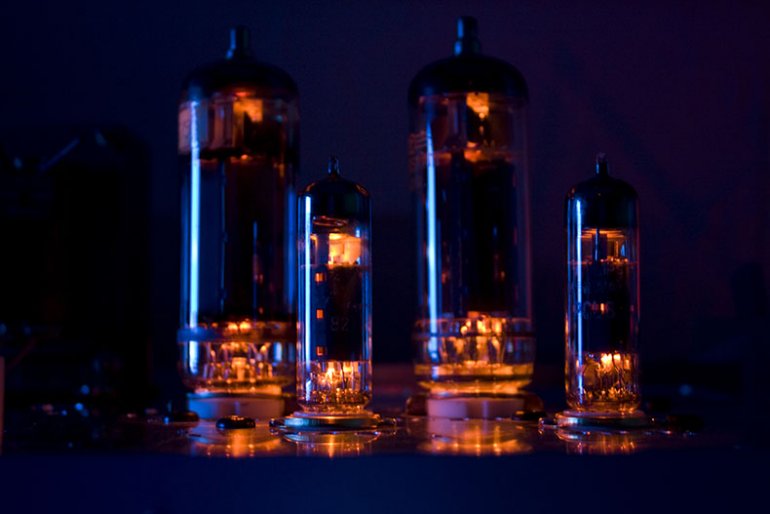
K.I.S.S. is a great approach here. You know: Keep It Simple, Stupid.
Obviously, you’ll need an amplifier with actual, accessible tubes first. We’ve got some on this list, and we’ve highlighted three great ones at the end of this guide.
If you think you’re ready to roll, check your amp and/or owner’s manual first. You need to confirm which type(s) of tube(s) it uses and which other variations might be compatible with it. There are literally hundreds, if not thousands of tubes when you consider the different types, model variations, and brands, so it’s important to know what you’re looking for.
Once you know what you need, start researching. It’s highly likely that there are articles or forum threads where other owners of your amp talk about the tube they are using in it. If not, there are articles and forums galore around the web that talk about specific audio tubes and how they sound.
Let’s say you feel like your amp needs a bit more bass, there’s likely a specific brand and model of tube that will work in your amp that’s noted to be a good bass booster—you just need to find it. Then, you would buy that tube, swap it in, listen, and decide if you’re on the path to the sound you want. Simple.
Buying tube amps is very simple - there are plenty on Amazon, such as this Tung-Sol 12AX7 Preamp Vacuum Tube. The 12AX7 is a very good starter tube that plenty of tube rollers use, and it’s got a great reputation. Plus, two of them should cost no more than $30 or so.
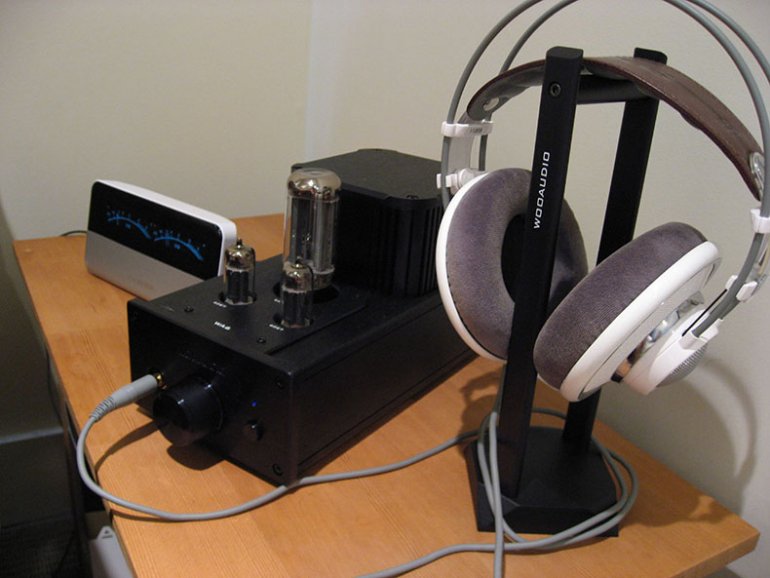
Since we have no idea what amp you have, what tube(s) it uses, or which other ones might be compatible with it, let’s start with one simple example to illustrate how to tube roll.
The Woo Audio WA6 headphone amp is very popular for tube rolling (there’s a 128-page thread on the Head-Fi Forums about tube rolling with this amp) - it both looks and sounds fantastic from the get-go. This particular amp uses one 5AR4 tube to convert the AC power coming from your wall into DC, and two matching 6DE7 tubes to amplify and output the audio signal. The former is known as a rectifier tube, and the latter are known as driver tubes.
The WA6 generally comes with a cheap tube that doesn’t sound particularly great, but swapping it out apparently works wonders for the WA6’s sound quality. So an option here is to search for another 5AR4 made by a different manufacturer or to see if there’s another substitute that might work in its place. In this case, you could do either. In the owner’s manual, Woo Audio points out all of the tube types that can be substituted in both the rectifier and driver tube positions.
The Sophia Electric Princess 274B rectifier tube is a very popular replacement for the WA6’s stock tube. We aren’t endorsing this tube or amp specifically, but for this example, you’d first want to try the Princess with the stock driver tubes in the WA6. Remember, keep it simple. By only changing the rectifier tube for your first attempt, you’ll be able to hear just what difference it makes, if any at all. There will be times that changing a tube to another make or model has little or no impact on the sound of your amp, and there are times that it will make a big difference, good or bad—that’s just part of tube rolling.
So let’s say you really like the difference the Princess made. You think it’s a great tube and now you want to focus on the pair of 6DE7 driver tubes to see if you can improve things there. All you’d have to do is repeat the process we mentioned above. You can find another pair of 6DE7s to try, like a pair made by RCA or GE, or maybe you try both. Point being, you won’t know exactly how a tube or combination of tubes sounds until you try it! Which is, of course, all part of the fun.
With the WA6, or any other amp with multiple tube types, you need to try different combinations of rectifier and driver tubes to get the sound synergy you want.
And this starts you down the addicting, complicated, fun, maybe even frustrating path of tube rolling. Like most things in audio, the hunt for a tube that sounds different or better than the last one you used is endless (or maybe just limited to the tubes you can still find).
At some point, we simply recommend that you sit back and enjoy the music.
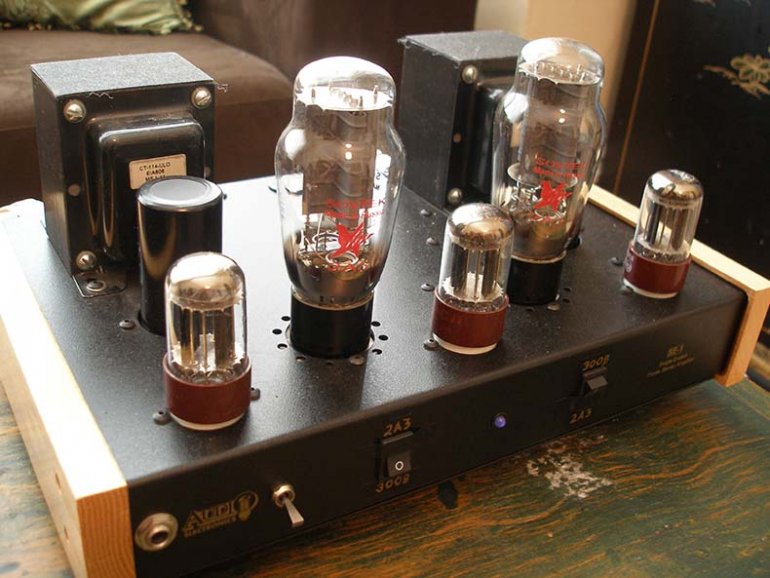
When you start reading about tubes and looking to purchase them, you’re likely going to run into the acronym NOS.
NOS is not the same NOS made famous in The Fast and the Furious movies. It means “New Old Stock”. Many of the most highly-regarded audio tubes were made by classic radio, television, and military manufacturers during the 1940s, 1950s, and 1960s. Today there are still some audio enthusiasts and retailers that still have stock of some of these vintage tubes and, if unused, are marketed as being NOS. When buying vintage audio tubes, we always recommend buying NOS if possible. If buying used tubes, try to make sure they have been measured with a tube tester by the seller and remain in good operating condition. Tubes with cracked bases, gas leaks, noise or weak measurements should be avoided.
Another thing to be aware of is tube matching. Tube matching means buying tubes in a set that are “matched” in performance levels. Matched tubes typically work and sound better in audio amps.
The other side to matching is to consider the tube layout in your amp. When your amp uses a matched pair of tubes, like the WA6 driver tubes, you want to make sure you replace both of them together and not just one. Using two different brands or models of tubes here could possibly damage your amp or headphones because of impedance mismatches or voltage irregularities, or cause the output volumes to be different in the left and right channels. You also don’t want to use one new tube and one old used tube. The same can be said if your amp uses several of the same tube. So, if your amp currently has four 6SN7 tubes made by Tung-Sol, and you want to see how some vintage RCA 6SN7s sound, make sure you change out all four, which would mean buying a matched quad.
Always refer to the manufacturer specifications to see which tubes can be rolled without issues. In some cases, you can mix and match tubes depending on the specific tube’s purpose in the amp. Complicated, right? Welcome to tube rolling.
Seriously though, tube rolling can be as simple or as complex as you want to make it. If you like your amp just the way it is, that’s fine. Don’t worry about changing tubes until one wears out and you need to replace it (yes, this happens). If you like to experiment, or you find that you want your amp to sound just a little bit different, tube rolling can be both fun and rewarding. The cost of owning a tube amp and tube rolling becomes all the more worth it when you get that system synergy.
So, when have you found the best tube? The best tube is the one that makes it so there’s no question that the sound has made it all worthwhile.
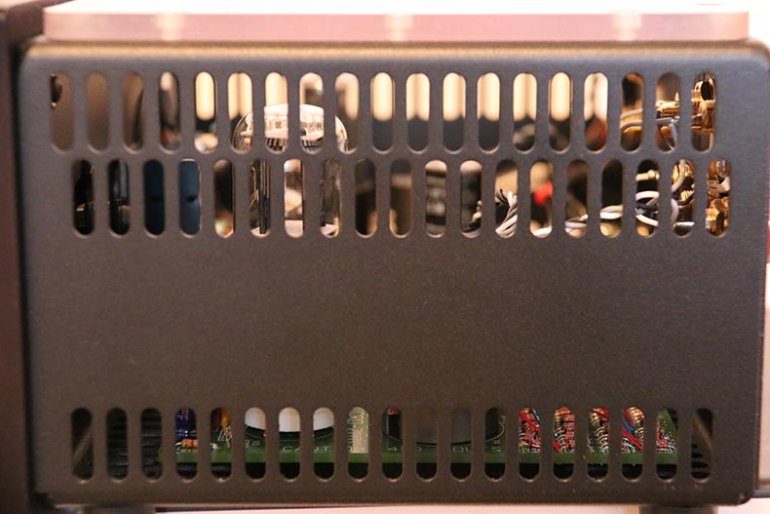
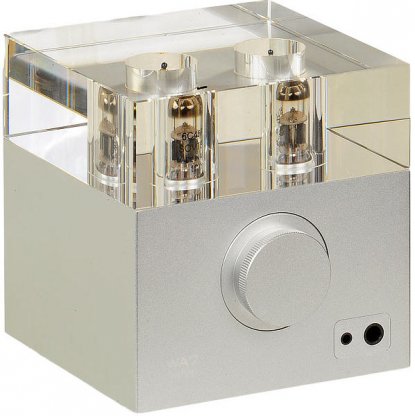 We’ve talked up the WA6 a great deal in this guide, but did you know there’s also a WA7 available? It’s become the toast of the audiophile world, thanks not only to its amazing sound, but also its stunning looks. They don’t call it Fireflies for nothing. Be warned: it’s expensive.
We’ve talked up the WA6 a great deal in this guide, but did you know there’s also a WA7 available? It’s become the toast of the audiophile world, thanks not only to its amazing sound, but also its stunning looks. They don’t call it Fireflies for nothing. Be warned: it’s expensive.
You can also roll out the stock tubes. It uses two 6C45 driver tubes, and two of the previously-mentioned 12AU7s as rectifiers. As a bonus, the amp comes equipped with a superb DAC, and it's fully USB-ready, so you can connect it straight to your laptop or PC/Mac.
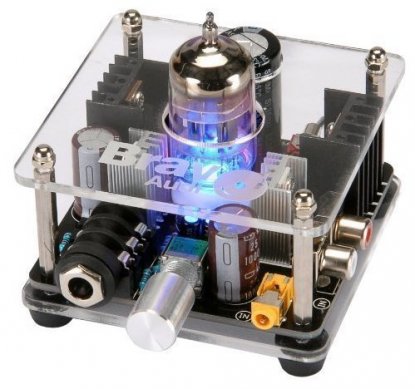 If you’re just getting started on this particular journey, then this is by far and away the best entry point. For less than $100, you get a superb little amplifier with a single 12AU7 tube that can be swapped in and out, and will give you a taste of why tube sound is so addictive.
If you’re just getting started on this particular journey, then this is by far and away the best entry point. For less than $100, you get a superb little amplifier with a single 12AU7 tube that can be swapped in and out, and will give you a taste of why tube sound is so addictive.
This obviously isn’t going to provide the audio quality of something like the Fireflies, but it’s so simple and inexpensive that it’s practically an impulse purchase. Go on – you know you want to.
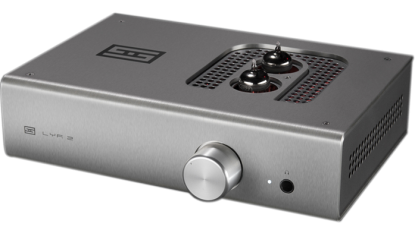 Schiit make a lot of good stuff – we recently raved about the Fulla 2 desktop amp (full review here), and with the Lyr, they’ve created something very interesting.
Schiit make a lot of good stuff – we recently raved about the Fulla 2 desktop amp (full review here), and with the Lyr, they’ve created something very interesting.
This might be the first tube amp we’ve seen where you can swap the actual tubes out for solid-state circuitry, allowing you virtually infinite customisation of the sound. This is an excellent mid-range amplifier for when you know your tubes, and want to experiment a little bit more.